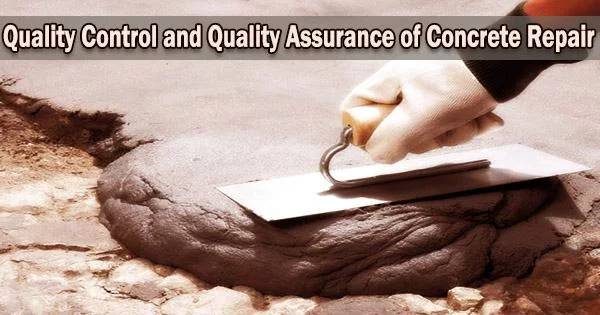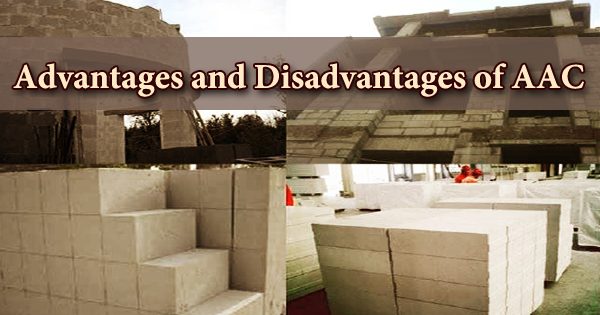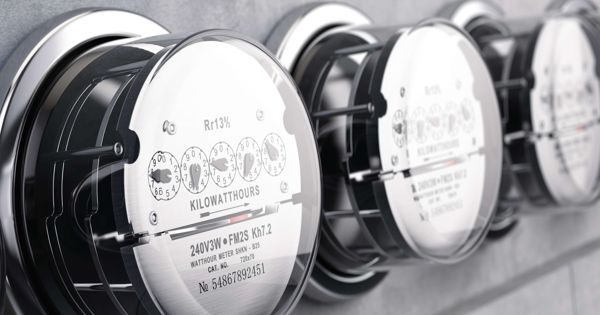To restore the lost strength in concrete owing to fractures or other defects, quality control and quality assurance in restoration activities are crucial. When structural members are broken, concrete repairs are needed.
Damages may be caused by overstressing, poor building techniques, exposure to the elements, chemical attacks, concrete member age, etc.
Quality assurance is a technique for appropriately tracking and assessing various areas of repair work to ensure that quality requirements are met. Inspection and tests are performed in quality control to ensure that the materials and repair methods utilized adhere to project specifications.
The concrete repair is removing outdated or broken concrete from an existing structural member and replacing, repairing, or renewing it. Depending on the structural requirement or type of damage to the structural member, the necessity for repair may change from time to time.
Quality Control and Quality Assurance of Concrete Repair:
Concrete Repair Procedure
Concrete repair involves several steps which are presented below. To successfully repair concrete, quality control and quality assurance must be taken into account at every stage.
- Determining the cause of damage
- Evaluation of damage to identify need and method of concrete repair
- Preparation of damaged structural member
- Application of repair method selected
- Curing of repaired concrete member.
The damages to concrete structures must be thoroughly assessed and restored, and each stage must be meticulously carried out, as stated above.
Concrete repairs that use subpar craftsmanship, methods, or materials run the risk of failing while the building is occupied and costing a lot of money.
Successful repair technique application depends on paying careful attention to and carrying out each step in the repair process.
Materials for Concrete Repairs
The first step is ensuring that the contractor is using approved materials. The materials chosen for concrete repairs should be of good quality and chosen in accordance with the needs and type of repair method chosen as well as the specifications requirements.
It is important to test repair materials to confirm their quality and compatibility for the specific repair process. Any material purchased from a vendor should have a certificate of the manufacturer’s test, and it should only be utilized in accordance with those guidelines.
It is important to make sure that the materials are appropriate for the type of damage, as using the wrong materials could result in expensive repair costs and repair failure. To maintain appropriate concrete repair quality control, caution should be given during the mixing, weighing, handling, and placing of repair materials.
Workmanship in Concrete Repairs
Quality and durability of concrete repairs depend on the workmanship during repair process. The goal of restoration is to restore a structural member’s strength and durability to levels comparable to those of the original or intended strength.
The workers involved in the restoration procedure should have the necessary education, experience, and training to handle the concrete repair work. Work should be done so that the repaired concrete is firmly attached to the original concrete and that the durability criterion is satisfied.
All the process should be carefully supervised by experienced personnel. When epoxy, polyurethane, or other resinous materials are used to repair concrete, skilled, qualified workers are very important.
Concrete Repair Procedures
It is crucial to use the appropriate repair methods for concrete to guarantee that quality control and attention are taken during the restoration process. Ineffective concrete repairs may result from incorrect or subpar repair techniques and workmanship.
Repairs can be made to both new and old concrete surfaces that have just had their formwork removed. Repairs are simple for new concrete surfaces, and the bond between repaired concrete surfaces will be identical to that used during construction.
Improper curing, particularly with cementitious materials, which induce early cracking, is one of the main issues that results in the premature failure of restorations.
When employing form-and-pour treatments, ponding for minor repairs, continuous wet curing, and curing membranes, it is advised to leave the forms in place during the curing process.
















